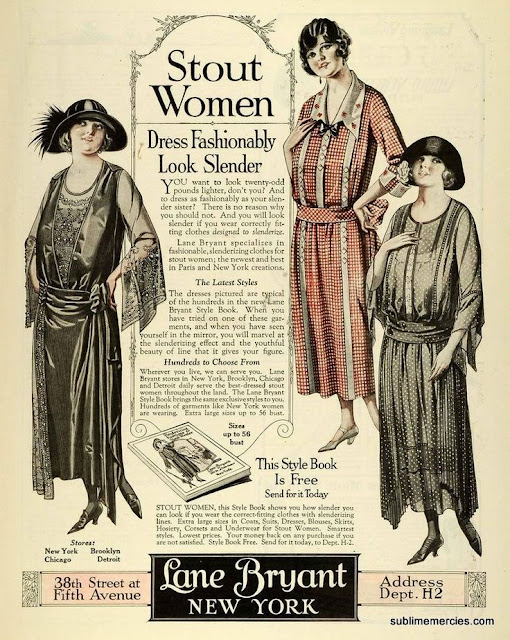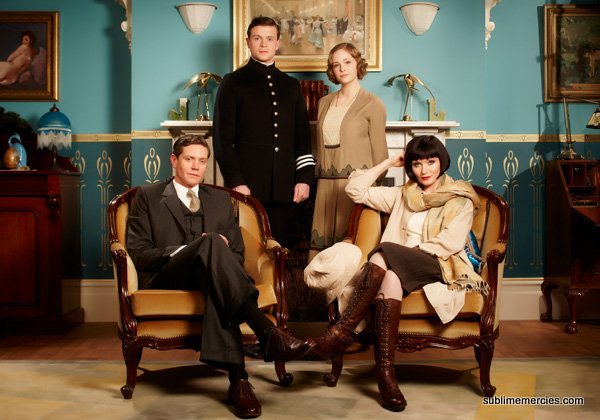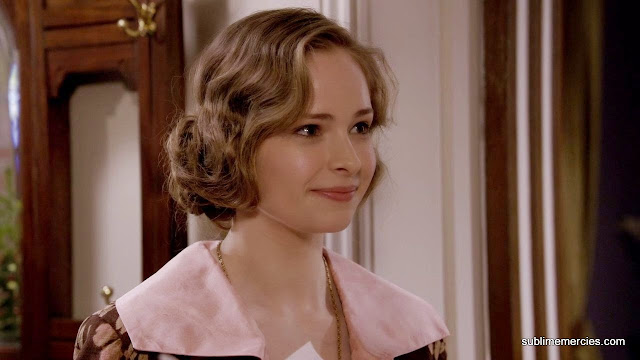On Sunday morning, I woke up to terrible news: a homophobic man had opened fire in a gay club and killed 49 people. He happened to be Muslim.
I knew immediately what would happen. Despite the fact that homophobia is rampant in every culture and every religion, this hateful man's massacre of LGBT people would be used to fan the flames of anti-Muslim hatred. Sadly, I was right.
What I did not anticipate is that this flame would distract people from what is obviously the main issue in this horror -- homophobia -- and our own culture's role in perpetuating it.
I was stunned and numb, but, me being me, I acted on my confused emotions by creating an outfit, an outfit dripping with rainbows that screamed: QUEER. I wanted to show solidarity with my community, with those injured and killed because they were queer, and with all their loved ones who will now suffer the after effects of this homophobic act.
Suddenly, I was afraid of being visibly queer. I joked that my outfit made me a moving target for homophobes. It wasn't a funny joke. I felt vaguely guilty for dressing as I did, as if, were I to be gay-bashed, it would somehow be my fault for not slipping under the radar. I haven't felt that way about being visibly out for over 20 years. In the wake of Sunday's events, I've been remembering how terrifying it was to be out, and realizing that it still is.
Yesterday, I wanted to talk about homophobia. I wanted to shout about it to the skies. But very few people were doing so.
I did not want to engage in ongoing discussions about whether or not Islam is inherently hateful and violent. I did not want to watch white, western newscasters repeatedly call on Muslims to defend their religion and assert that, no, it does not condone massacres of homosexuals. But many people were doing so.
The real issues were rapidly being obscured. In focusing on Islam, people's attention was deflected from our own culture's homophobia. Straight, non-Muslim Americans got to feel sanctimonious and smug about their supposed enlightenment about queer issues, while their very act of deflection and silencing proved that their sanctimoniousness was unfounded.
 |
| Me in the early 90s |
Things have gotten better, but only in pockets of North American culture, not all of it. It is, after all, founded on homophobia as much as any other culture.
I came out before the rainbow was the LGBT image (and before we used the term LGBT, for that matter). I came out when we wore pink triangles to signal to each other, "I'm one too." Why? Because the Nazis made homosexual men wear pink triangles when they threw them into the concentration camps. Don't gasp in horror at that evil regime's treatment of homosexuals till you hear the end of the story. Do you know what "our side" did when we won the war? We transferred the homosexual men to our own jails! They were not seen as worthy of liberation.
Gay men were, among other things, widely assumed to prey on male children. In other words, most people had a very difficult time differentiating between homosexuality and paedophilia. There are many who still do, right here, in North America. As late as 1978, a successful campaign against homosexual rights was named Save Our Children, and, in the same year, a group in California fought to ban all homosexuals from working in public schools. Who do you think was behind these campaigns? I'll give you a hint: They were religious, but they were not Muslims.
This was American culture. In many ways, this still is American culture.
I remember the time I first held a girlfriend's hand in public. We were really just girls, both 19, in a freezing cold winter in Montreal. We were both wearing mittens. I remember the mittens especially because it made me feel even younger, and not nearly as sophisticated as I wanted to be.
There we were, late at night, shyly holding hands as we walked along a side street. A car swung around a corner and, as its lights hit us, we instinctively dropped each other's hands. We knew, without speaking, without planning, that we must do this. We knew that, if we did not, we were moving targets. The danger of violence, rape, and murder was real and intense. A few years later I dated a woman who had been gang raped at 18 by three men who just didn't like lesbians, especially butch lesbians -- and knew they could get away with it.
It's not like we could go to the police if something did happen to us. Everyone had heard the stories about male cops taking lesbians into back allies and raping them. The cops called it "showing them what they were missing." "I'll turn you straight" rapes are still common in many places in the world. I've heard it's particularly bad in South Africa. But it still happens here too. Ever heard of "corrective intercourse"? Look it up.
When it came to brutal violence, it may have been even worse for gay men. One night, I was in the gay area of town on fireworks night. All gay men feared fireworks night because it was when their neighbourhood was flooded with heterosexuals, many young and male, many drunk.
Three menacing white men approached me and my friend. One had a glow stick protruding from his pants. He waved it around at my friend and, mere inches from his face, said, "You like that? Does that turn you on?" It was clear that his intent was violent. Idiot that I am, I threw myself between my friend and this homophobe and yelled, "Leave him alone!" He look down (waaay down, I'm short) at me and seemed confused. This gave his nicer friend a chance to pull him away and offer us an embarrassed apology. (I've always wondered what became of that nicer man.)
Instinctively, without any words, my friend and I threw our arms around each other like a straight couple, and walked away, disguised as heterosexual, and trembling all over.
I come from a time when being openly, visibly gay was an act of defiance, and an act of courage. It was dangerous. Don't kid yourselves: it still is. If the massacre in Orlando teaches us anything, it teaches us that. Gay-bashing is not a thing of the past.
In 1990, I briefly worked at the LGBT bookstore, Little Sisters, where we frequently received abusive and sexually graphic phone calls from homophobic straight men. Packages of books crossing the border addressed to us were regularly opened and stopped by censors, even when the same books were waved by if they were addressed to "normal" bookstores. The assumption was that anything being sent to LGBT people must be perverted, filthy, and illegal -- just like us.
Little Sisters was bombed in 1993 -- again. It had been bombed twice before, in 1987 and 1988. Sunday's shooter was not the first to attempt to murder masses of LGBT people; he was just one of the most successful.
This is not ancient history. I'm only 45 and I remember it all.
Remember when all those people fought hard to prevent gay marriage from becoming legal in America? Ancient history? That was last year! Remember who was fighting the hardest to prevent it? I'll give you a hint: It wasn't Muslims.
My point in telling you all this is to tell you that homophobia is American. It is Canadian. It is global. It is not a problem restricted to Muslims. Regardless of who ends up pulling the trigger, homophobic acts would not occur if a culture of homophobia did not already exist.
Christianity cannot be let off the hook here. No religion can. No culture can. America cannot be let off the hook.
Anyone in the LGBT community can tell you stories about people whose conservative Christian parents kicked them out of the home when they came out as queer. The streets are filled with homeless kids who are homeless for one reason only: they are queer and their families think this is an abomination against God. This is not just history. This is now. This is not just Islam. This is conservatives in all religions.
Just this year, Reverend Franklin Graham said that homosexuals cannot be Christian and cannot remain in the church.
Reverend Graham's father, by the way, was one of the many Christians who said that AIDS was God's punishment on gay men for the sin of being gay. In other words, he said that God wanted all gay men dead.
Most of us know about the hateful, homophobic rants of the Westboro Baptist church. Predictably, they have already come out in praise of the shooter in this week's attack on gays in Orlando.
But they're not the only Christians to do so.
As soon as the news of the shooting hit, the internet swarmed with those who condoned the attack. Many of them were Christian. Some of them were Muslim. Most were not.
This shooting was about homophobia, here, now, everywhere, always.
In a world so full of homophobia...
 |
| Me, on the right, with friends at a Gay Pride march, in the early 90s. |
When I came out, it was all about the gay bars. We didn't have the internet then. If we wanted to find our community, our family, we had to go out, and most of the time, we went to the bars, bars just like Pulse.
Finally, we felt at home, loved, accepted. And we had fun! We were young. We danced (back when I could still dance) and flirted and lusted and fell in love. We told each other our coming out stories and found a way to laugh at homophobia. The clubs were our refuge, our playground, our safety.
Despite the internet, I don't think much has really changed. Gay bars are still much more than mere bars. And this is why the attack at Pulse is an ultimate act of homophobia. It's an attack on our home. It's an attack on all of us.
Just when we were all feeling like things were changing and we could safely be ourselves even outside of LGBT bars and the LGBT community, we find that we are wrong. This is something many around the world already knew all too well.
We suddenly again know what it feels like to be a moving target.
We know what it is to be afraid, just for being who we are, not just then, but here, now, everywhere.
And it is not just a Muslim issue, or just an American one. It is a global issue. It is homophobia.
(I'm sharing this with Not Dressed as Lamb, Elegantly Dressed and Stylish, Honest Mum, High Latitude Style, Fashion Should Be Fun, Rachel the Hat, Adri Lately, Tina's Pink Friday, and Sydney Fashion Hunter.)


























































































